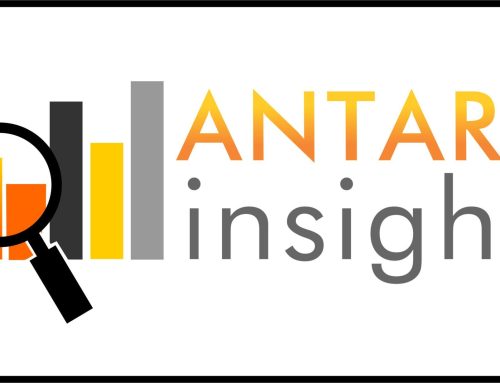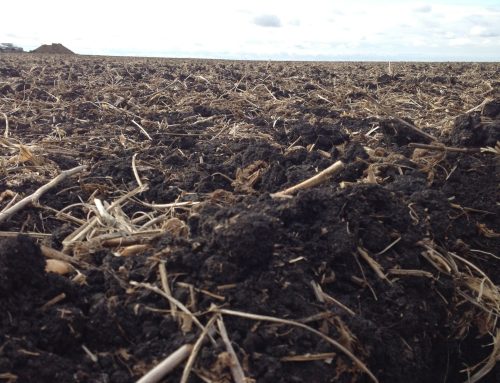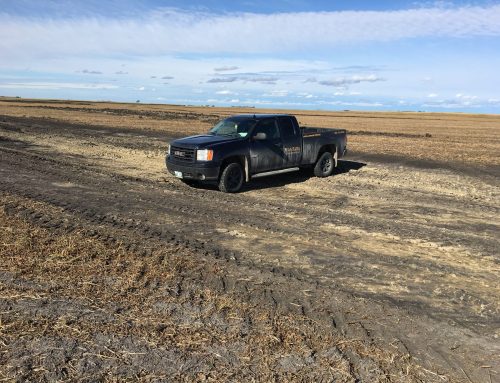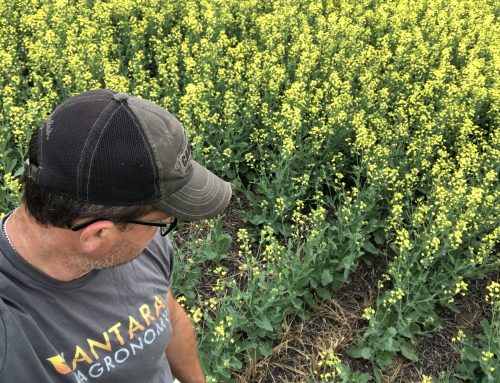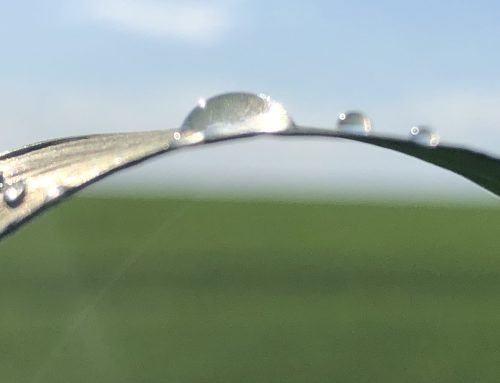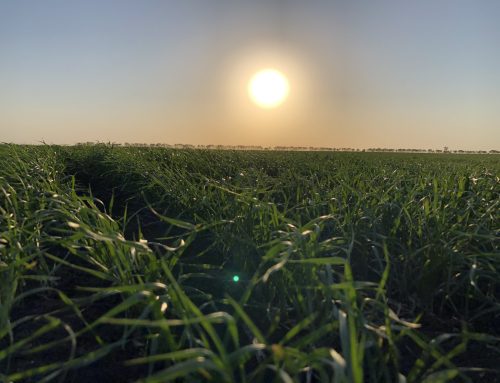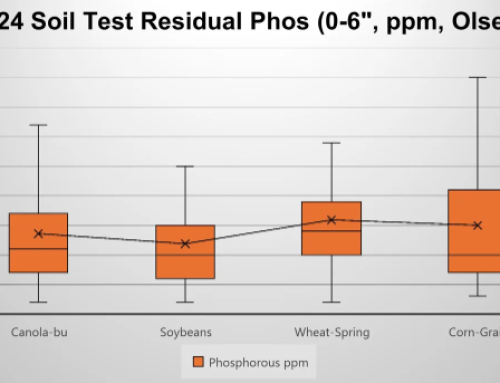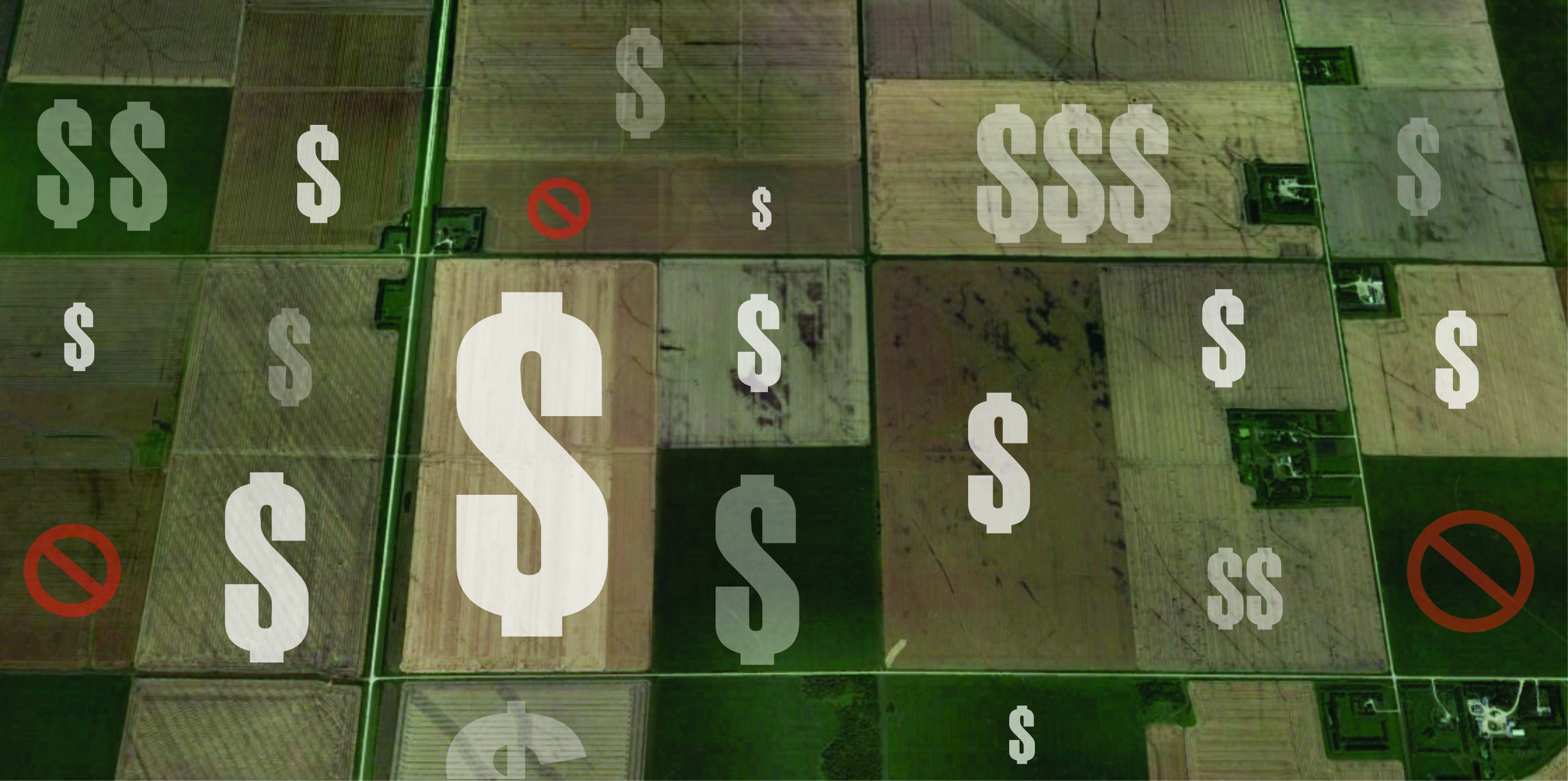
There is a lot of discussion in the Ag sector these days on sustainability, precision ag, soil health, so on and so forth. With all the money being invested in digital agriculture and sustainability, tremendous data is being generated on soil productivity, yield potential, water management, nutrient management. The scale of data being collected is often sub hectare or acre as well generating mountains of data that can help our understanding of what factors most impact yield and productivity.
One of the end results will be a much greater understanding of field variability and ultimately profitability. There will be a greater understanding of the production potential and differences between one field and another. With this I believe we will see a widening gap in land prices at a local level. As land appreciates in value and margins tighten, producers, landowners and lending institutions will be paying much closer attention to the production potential of a parcel in determining its net worth.
As a producer you will want to know that what you are buying is productive. Land that is healthy and nutrient rich will be worth considerably more than land that has poorly managed, eroded and lacking in the qualities that make big crops. This will include drainage, microbial activity, depth of topsoil, infiltration rates, OM, etc. Having healthier soils means more resilience to adverse weather conditions. Consistency and steady improvements in productivity are always good for the bottom line and can take a lot of stress off one’s shoulders.
As land appreciates in value and margins tighten, producers, landowners and lending institutions will be paying much closer attention to the production potential of a parcel in determining its net worth.
As an investor or landowner, you will want to make sure that your assets are well taken care of. Gone will be the days of land being rented to the highest bidder, for a single year at a time. You already see more and more long-term contracts with stipulations that require maintaining soil fertility levels and preventing the burning or removal of residue.
As a producer, a solid track record of sustainability and proper farming practices will pay off in more ways than one. First off if you do not measure it you cannot manage it. How will you know your moving in the right direction if you do not establish a starting point? Participating in benchmarking programs is another way of establishing where you are in terms of productivity, where you could be and how to get there. Peer groups help give direction, help you learn faster, and avoid costly mistakes.
This track record of performance could help you secure more favorable financing from lending institutions. It could also give you a leg up over the competition when it comes to renting or buying your neighbors’ land. It might also help with compliance and identity preserved contracts if you think of end use buyers and government regulations.
Lastly having proof of a solid performance track record, may also help you sell the farm one day if you decide to venture down that road. Improving the productivity and net worth of your current operation is a way of growing your farm without growing your acres.

